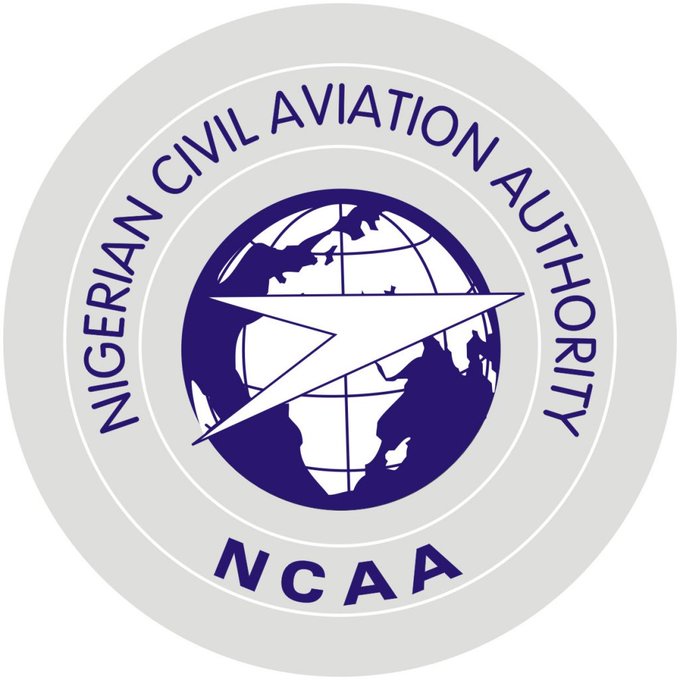NCAA Confirms United Airlines’ Incident, Visits Injured in Hospital to Give Them Support
NCAA Confirms United Airlines Incident, Visits Injured to Provide Support
In a sudden turn of events on January 23, a United Airlines Boeing 787‑8 aircraft, operating Flight UA613 from Lagos to Washington, encountered a mid-flight technical issue that led to an urgent return to Lagos. Following this in-flight incident, the Nigerian Civil Aviation Authority (NCAA) confirmed the matter and personally extended care and support to those injured, visiting them in hospitals and hotels.
The Incident: Sudden Descent, Emergency Return
Flight UA613 departed Murtala Muhammed International Airport (MMIA), Lagos, at approximately 23:59 Nigerian time on Thursday, January 23, bound for Washington Dulles. At cruising altitude over Ivory Coast, the aircraft experienced a sudden loss of cabin pressure. Flight data indicates a sharp descent of around 1,000 ft within roughly a minute, occurring about 90 minutes into the flight .
United Airlines confirmed the incident, stating that the flight returned safely to Lagos due to what was later described as a technical problem rather than weather‑related turbulence . The descent triggered a rapid emergency return, with the aircraft touching back down at Lagos at 03:22 local time .
Passengers and Crew Affected
On board were 245 passengers, eight flight attendants, and three pilots. Upon landing, all 256 individuals were deplaned safely. Nevertheless, six people—four passengers and two crew members—sustained serious injuries, and an additional 27 passengers along with five crew members sustained minor injuries .
Rescue teams, pre‑positioned on alert at MMIA, responded swiftly. The Aerodrome Rescue and Fire Fighting Services (ARFFS), along with aviation medical teams and AVSEC personnel, ensured medical assistance began within four minutes of the emergency call at approximately 01:20 AM .
Medical Response and Passenger Care
Ambulances transferred injured individuals to MMA Clinic and MMIA headquarters medical center. Those with minor injuries were treated and released immediately, while those seriously injured received initial stabilization and were moved to Duchess Hospital in Ikeja. The remaining passengers were accommodated at nearby hotels .
One passenger, opting to remain unidentified, described the event: “We had already been served our meals when the plane lost pressure and dropped. We noticed a sharp descent. I hit my head on the ceiling because of the impact… The sharp descent happened three times… We spent four hours in the air” .
United clarified that the descent was due to a cabin malfunction rather than turbulence—a notable distinction from other incidents on Boeing 787s. As a result, the affected aircraft prompted broader scrutiny, including cockpit equipment checks .
NCAA’s Investigation and On‑Site Support
The NCAA’s Director of Public Affairs and Consumer Protection, Michael Achimugu, confirmed receipt of the Flight Data Recorder (FDR) and emphasized that investigations would be fact‑based rather than reliant solely on the airline’s or passenger accounts. “You have to investigate it before you issue a statement. We want to know exactly what happened,” he said .
Crucially, Achimugu led a ground team to visit passengers staying in hotels and those hospitalized. Their aim was to provide emotional and logistical support during a distressing time: “We have met with some of the passengers in the hotel and in the hospital to give them support and some degree of care,” he said .
Meanwhile, the Federal Airports Authority of Nigeria (FAAN) confirmed all aboard were safely deplaned and transported for medical attention. Although the aircraft did not suffer major structural damage, FAAN’s statement emphasized readiness and emergency coordination .
Broader Aviation Context and Implications
While United Airlines reported this event as unrelated to turbulence, it mirrored broader aviation concerns. A prior Boeing 787 dive led to cockpit seat switch advisories, and FRA & NTSB reviews are assessing whether mechanical or design flaws may be at play .
As Flight UA613 departs a region with expanding U.S.–Nigeria air travel, stringent safety inspections and cooperation with Nigerian authorities became imperative. The FDR and continued fact‑based evaluation by NCAA and FAA will be critical.
Passenger Experience and Aftermath
The account from the anonymous passenger brings home the visceral impact:
> “I hit my head on the ceiling… The sharp descent happened three times… We spent four hours in the air.”
Beyond physical injury, the mental distress for travelers was acute. United has since rebooked affected passengers on alternate flights and assured coverage of medical expenses. FAAN confirmed all minor injuries were promptly attended to and no further serious cases were reported .
Loading Further Investigations
NCAA continues to analyze the flight’s black box recordings, aiming to reveal the root cause—whether mechanical failure, cabin pressure control, or other systemic lapse. The authority remains focused on transparency, pledging follow‑up statements post‑investigation .
For its part, United Airlines is working alongside NCAA and U.S. aviation bodies, including the FAA and NTSB, to uphold the Boeing 787’s safety record and respond to technical questions.
What Comes Next?
NCAA Investigation Roll-Out. Expect interim findings by March, with full report by late spring.
Aircraft Technical Recertification. The Boeing 787 in question may undergo special inspection or temporarily withdrawn pending FAA review.
Passenger Compensation & Medical Follow-up. Continued healthcare support and rebooking confirmations remain underway.
Lessons for Crew & Airline. Emergency descent procedures, cabin crew response, and passenger communication will likely be assessed.
Looking Ahead
While this incident ends without loss of life, it highlights the fragility of high-altitude flight safety. Recovering from such a descent incident requires not just technical fixes, but trust-building with passengers and harmonized global oversight.
The NCAA’s hands-on presence—meeting survivors in their moments of need—reflects a broader shift in aviation oversight toward passenger-centered care. This approach not only buffers injury recovery but reinforces safety protocols across international flights.
Passengers, crew, and regulators will all watch closely as the NCAA releases investigation findings. In the meantime, lessons learned from UA613 may drive updates in Boeing 787 operations and strengthen collaborative safety measures between Nigeria and the U.S.






